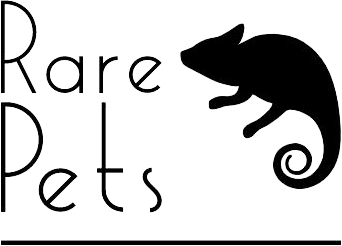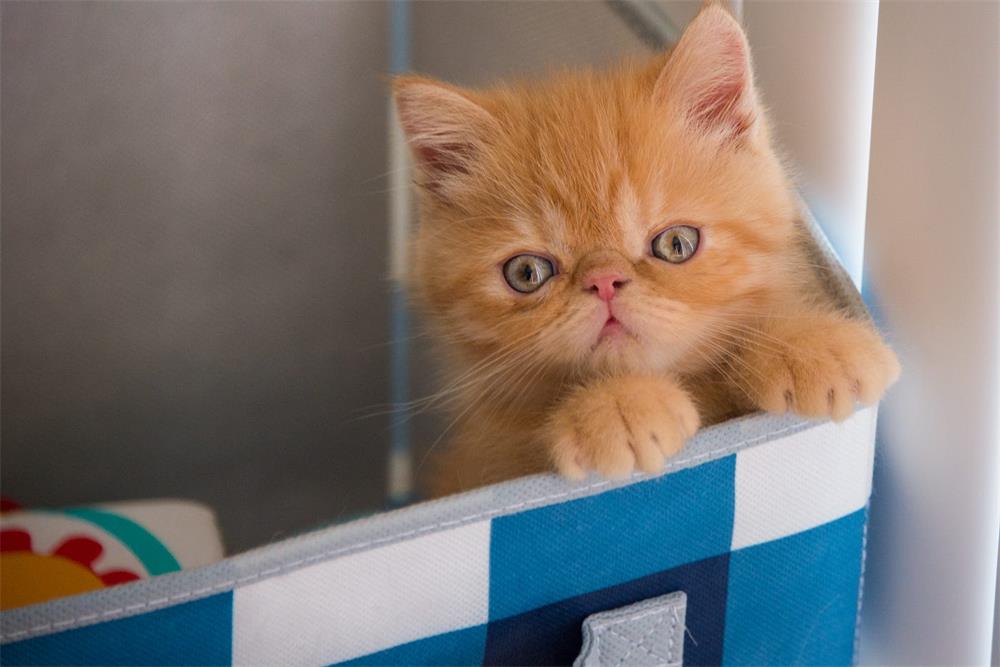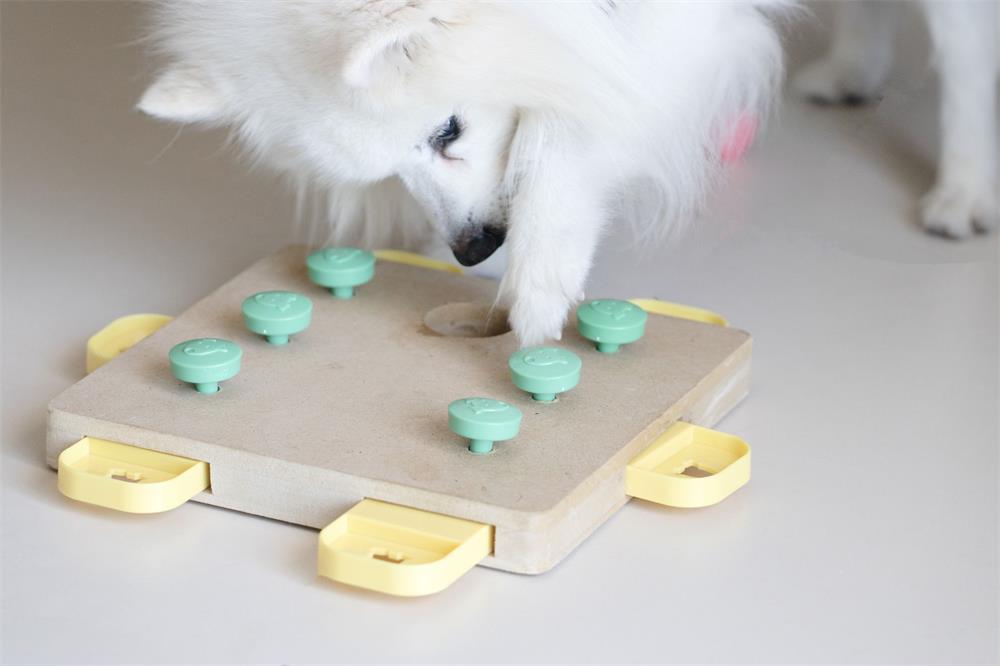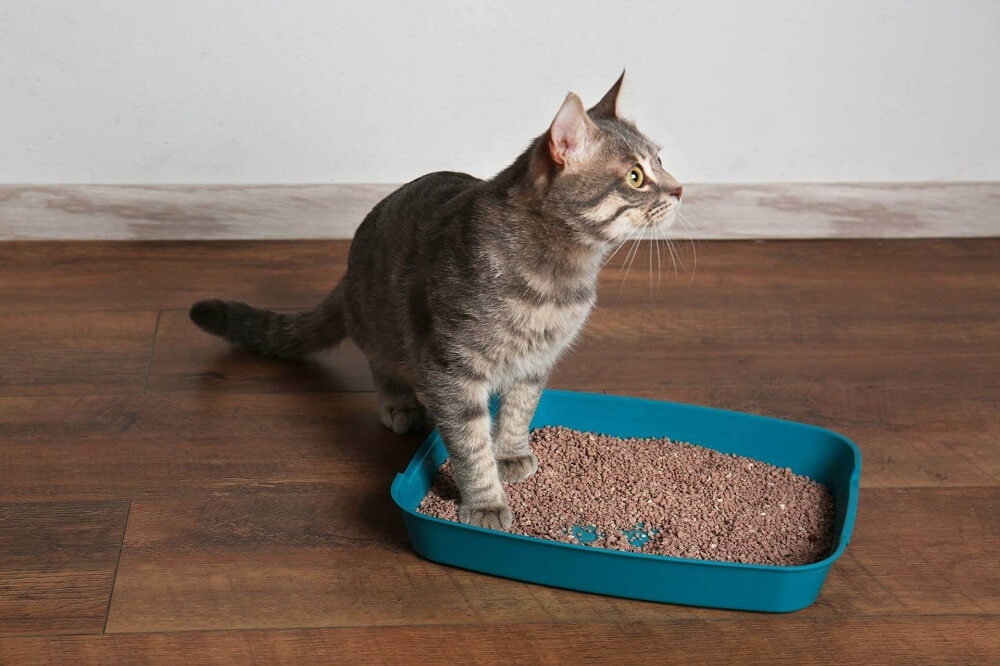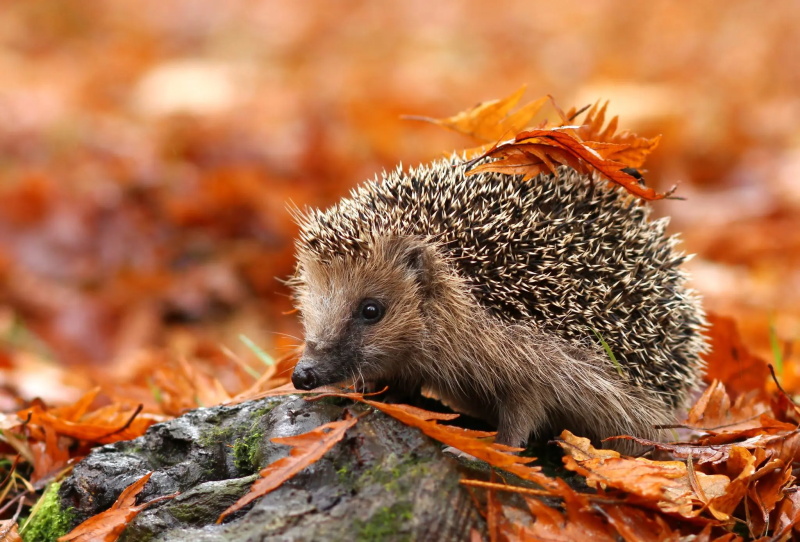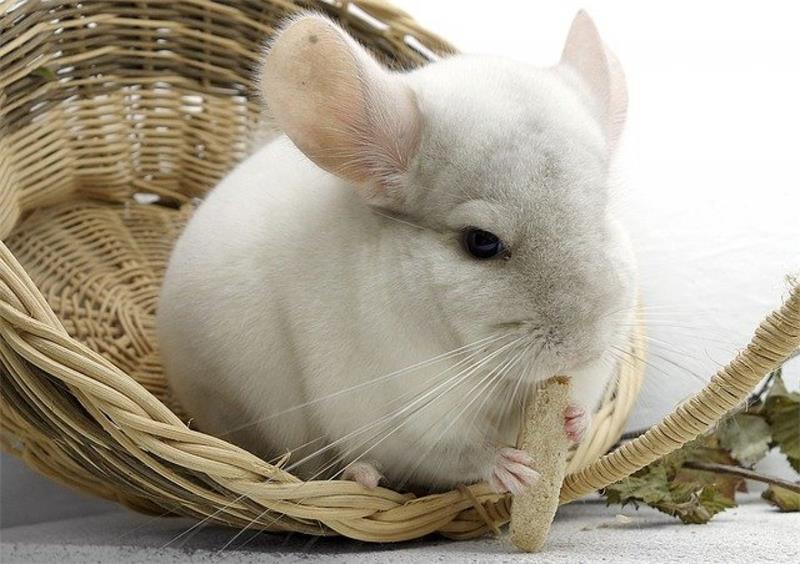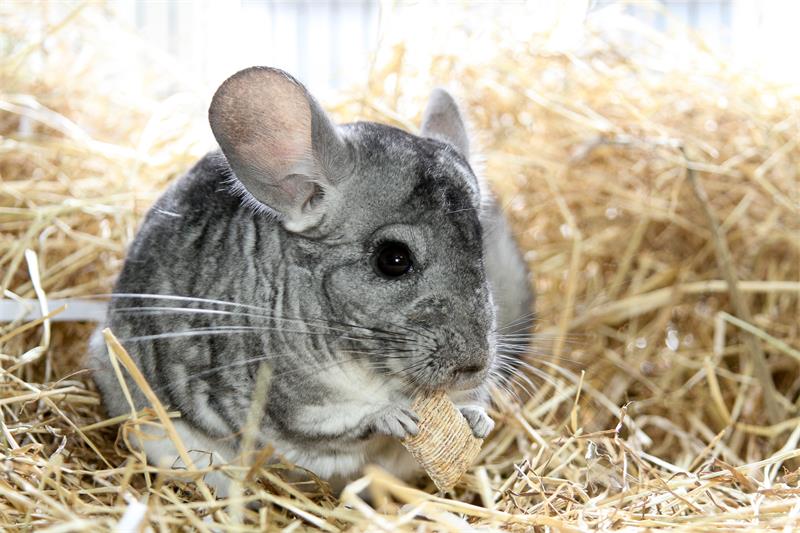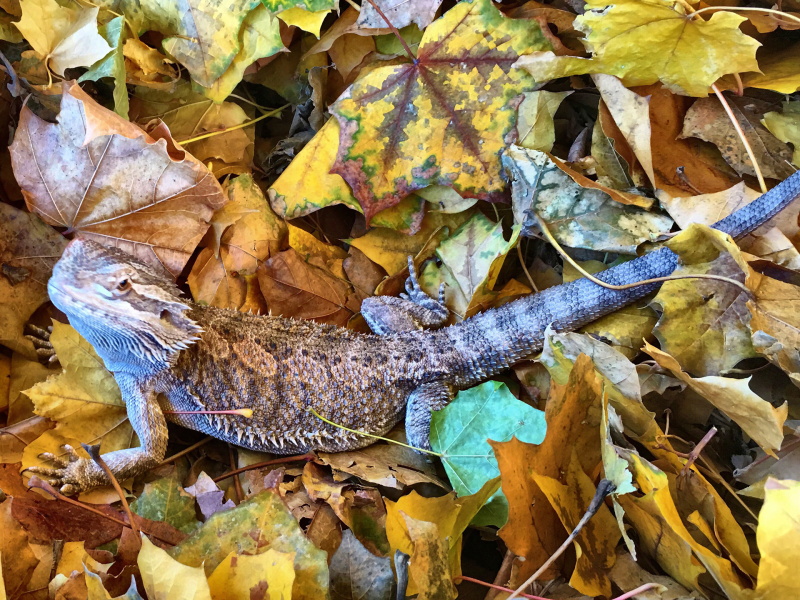
Table of Contents
Bearded dragons are one of the most popular reptile pets in the world. They are friendly, easy to care for, and have a lot of personality. But before you decide to get one, you need to consider how much it will cost to own a bearded dragon.
The cost of owning a bearded dragon is not only the initial purchase price of the lizard, but also the expenses of setting up and maintaining its habitat, feeding it, and providing it with veterinary care. In this article, we will break down all these costs and give you an estimate of how much you can expect to spend on your bearded dragon.
How Much Does a Bearded Dragon Cost?
The first cost you will encounter is the price of the bearded dragon itself. This can vary depending on several factors, such as:
- The age of the bearded dragon: Juvenile bearded dragons are usually cheaper than adult ones, as they are smaller and more common. Juvenile bearded dragons typically cost between $30 and $60, while adult bearded dragons can cost up to $100 or more.
- The type of bearded dragon: There are several species and subspecies of bearded dragons, but the most common one sold as a pet is the inland bearded dragon (Pogona vitticeps). However, there are also many color and pattern variations (called morphs) that are bred by hobbyists and professionals. Some morphs are more rare and desirable than others, and can cost much more. For example, a standard inland bearded dragon may cost $40 from a pet store, while a leatherback morph may cost $100 or more from a breeder.
- The source of the bearded dragon: You can buy a bearded dragon from different places, such as pet stores, breeders, online sellers, or reptile expos. Each source has its pros and cons, and may affect the price and quality of the bearded dragon. Pet stores are convenient and accessible, but they may not have the best selection or care for their reptiles. Breeders are more knowledgeable and reputable, but they may charge more or have limited availability. Online sellers offer a wide range of options and convenience, but they may not guarantee the health or sex of the bearded dragon. Reptile expos are great places to find rare and exotic morphs, but they may also be crowded and stressful for both you and the lizard.
As you can see, the price of a bearded dragon can range from $40 to $900 or more, depending on what you are looking for. However, that is not the only cost you need to consider.
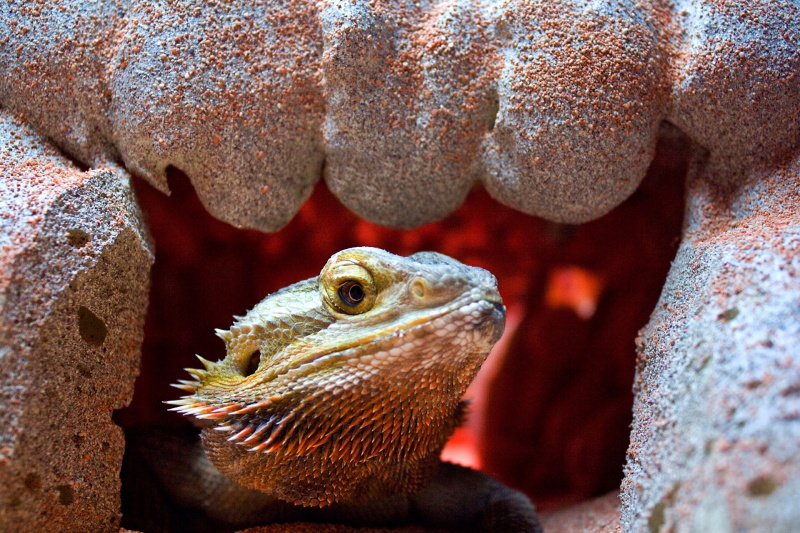
The Cost of Setting Up a Bearded Dragon Habitat
Before you bring your bearded dragon home, you need to prepare a suitable habitat for it. This involves buying an enclosure, substrate, decorations, lighting, heating, thermometers, hygrometers, and other accessories. Here is a breakdown of these costs:
- Enclosure: The enclosure is where your bearded dragon will spend most of its time, so it needs to be spacious, secure, and easy to clean. The minimum size for a juvenile bearded dragon is 20 gallons (30 x 12 x 12 inches), while an adult bearded dragon will need at least 125 gallons (48 x 24 x 24 inches). You can use a glass or plastic tank with a screen lid or a wooden vivarium with sliding glass doors. A tank or vivarium can cost anywhere from $50 to several hundred dollars.
- Substrate: The substrate is the material that covers the bottom of the enclosure. It should be safe, comfortable, and absorbent for your bearded dragon. There are many types of substrates available, such as paper towels, newspaper, reptile carpet, tile, sand, or soil. Each type has its advantages and disadvantages, and may cost differently. For example, paper towels are cheap and easy to replace, but they are not very attractive or natural-looking. Sand is more aesthetic and allows your bearded dragon to dig
- and burrow, but it can also cause impaction, respiratory infections, or eye irritation if ingested or inhaled. A bag of substrate can cost between $5 and $20.
- Decorations: The decorations are the items that you place inside the enclosure to make it more natural and stimulating for your bearded dragon. These include rocks, branches, plants, hides, hammocks, and more. Decorations provide your bearded dragon with places to climb, bask, hide, and explore. They also help create a temperature gradient and a UVB gradient in the enclosur. You can buy decorations from pet stores or online, or you can use items from nature (as long as they are safe and sanitized). Decorations can cost between $10 and $50 or more.
- Lighting: Lighting is essential for your bearded dragon’s health and well-being. Bearded dragons need both UVA and UVB light to regulate their circadian rhythm, synthesize vitamin D3, and metabolize calcium. Without proper lighting, bearded dragons can suffer from metabolic bone disease, lethargy, depression, and other health issue. You will need a UVB bulb (such as a fluorescent tube or a mercury vapor bulb) and a fixture to provide adequate UVB exposure for your bearded dragon. You will also need a basking bulb (such as a halogen or incandescent bulb) and a fixture to provide heat and UVA light for your bearded dragon. A UVB bulb can cost between $20 and $50, while a basking bulb can cost between $5 and $15. You will also need to replace the bulbs every 6 to 12 month.
- Heating: Heating is another crucial factor for your bearded dragon’s health and well-being. Bearded dragons are ectothermic animals, which means they rely on external sources of heat to regulate their body temperature. Bearded dragons need a temperature gradient in their enclosure, with a warm basking spot on one end and a cooler area on the other end. The basking spot should be between 95°F and 110°F, while the cool end should be between 75°F and 85°F. You can use a basking bulb (as mentioned above) to create the basking spot, but you may also need an additional heat source (such as a ceramic heat emitter or a heat mat) to maintain the ambient temperature in the enclosure. An additional heat source can cost between $10 and $30.
- Thermometer: A thermometer is a device that measures the temperature in the enclosure. You will need at least two thermometers: one for the basking spot and one for the cool end. This way, you can monitor the temperature gradient and adjust it as needed. You can use analog or digital thermometers, but digital ones are more accurate and reliable. A thermometer can cost between $5 and $15.
- Hygrometer: A hygrometer is a device that measures the humidity in the enclosure. Humidity is the amount of moisture in the air. Bearded dragons need a moderate humidity level of around 30% to 40% in their enclosure. Too high or too low humidity can cause dehydration, skin problems, respiratory infections, or fungal growths. You can use analog or digital hygrometers, but digital ones are more accurate and reliable. A hygrometer can cost between $5 and $15.
- As you can see, setting up a bearded dragon habitat can cost anywhere from $300 to $600 or more, depending on the size and quality of the items you choose. However, this is not a one-time expense. You will also need to maintain the habitat regularly by cleaning it, replacing the substrate and decorations, changing the bulbs, and monitoring the temperature and humidity.
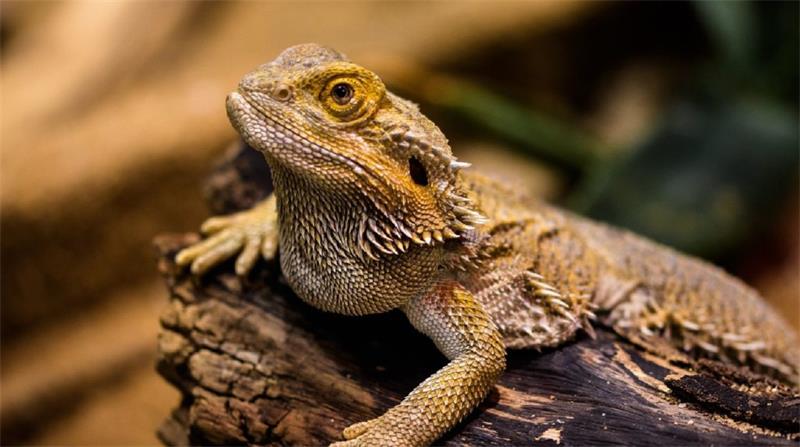
The Cost of Feeding a Bearded Dragon
Another major cost of owning a bearded dragon is feeding it. Bearded dragons are omnivorous animals, which means they eat both plant and animal matter. They need a balanced diet of fresh greens, vegetables, fruits, and occasional treats. They also need supplements of calcium and vitamin D3 to prevent metabolic bone disease. Here is a breakdown of these costs:
- Insects: Insects are the main source of protein and fat for your bearded dragon. They also provide some moisture and stimulation for your bearded dragon. You can feed your bearded dragon a variety of insects, such as crickets, dubia roaches, black soldier fly larvae, butterworms, locusts, earthworms, mealworms, superworms, waxworms, and more . However, not all insects are equally nutritious or suitable for your bearded dragon. Some insects are high in chitin (such as mealworms and superworms), which can be hard to digest and cause impaction. Some insects are high in fat (such as waxworms and butterworms), which can cause obesity and liver problems if fed too often. Some insects are high in phosphorus (such as crickets and mealworms), which can interfere with calcium absorption and lead to metabolic bone disease. Therefore, you need to choose insects that are appropriate for your bearded dragon’s age and nutritional needs. You also need to gut-load the insects (feed them nutritious food) before feeding them to your bearded dragon, to enhance their nutritional value. You can buy insects from pet stores or online, or you can breed them yourself. A box of insects can cost between $5 and $20.
- Vegetables: Vegetables are the main source of vitamins, minerals, and fiber for your bearded dragon. They also provide some moisture and variety for your bearded dragon. You can feed your bearded dragon a variety of vegetables, such as collard greens, mustard greens, turnip greens, dandelion greens, kale, bok choy, endive, escarole, romaine lettuce, squash, carrots, bell peppers, green beans, snap peas, and more . However, not all vegetables are equally nutritious or suitable for your bearded dragon. Some vegetables are high in oxalates (such as spinach and beet greens), which can bind with calcium and prevent its absorption. Some vegetables are high in goitrogens (such as cabbage and broccoli), which can interfere with thyroid function and cause goiter. Some vegetables are high in water (such as iceberg lettuce and cucumber), which can cause diarrhea and dehydration if fed too often. Therefore, you need to choose vegetables that are appropriate for your bearded dragon’s age and nutritional needs. You also need to wash and chop the vegetables before feeding them to your bearded dragon, to remove any pesticides or dirt. You can buy vegetables from grocery stores or farmers markets. A bunch of vegetables can cost between $1 and $5.
- Fruits: Fruits are a source of natural sugars, antioxidants, and water for your bearded dragon. They also provide some flavor and enrichment for your bearded dragon. You can feed your bearded dragon a variety of fruits, such as apples, bananas, blueberries, grapes, strawberries, watermelon, and more . However, not all fruits are equally nutritious or suitable for your bearded dragon. Some fruits are high in sugar (such as grapes and watermelon), which can cause obesity and tooth decay if fed too often. Some fruits are high in acid (such as citrus fruits and pineapple), which can irritate your bearded dragon’s mouth and stomach. Some fruits are high in seeds (such as kiwi and pomegranate), which can be hard to digest and cause impaction. Therefore, you need to choose fruits that are appropriate for your bearded dragon’s age and nutritional needs. You also need to wash and chop the fruits before feeding them to your bearded dragon, to remove any pesticides or dirt. You can buy fruits from grocery stores or farmers markets. A piece of fruit can cost between $0.50 and $2.
- Treats: Treats are foods that are not part of your bearded dragon’s regular diet, but can be given occasionally for variety or reward. These include foods such as flowers, eggs, cheese, yogurt, baby food, pinky mice, and more . However, not all treats are safe or healthy for your bearded dragon. Some treats are high in fat (such as cheese and pinky mice), which can cause obesity and liver problems if fed too often. Some treats are high in salt (such as cheese and baby food), which can cause dehydration and kidney problems if fed too often. Some treats are high in lactose (such as cheese and yogurt), which can cause diarrhea and gas if fed too often. Therefore, you need to choose treats that are appropriate for your bearded dragon’s age and nutritional needs. You also need to limit the amount and frequency of treats you give to your bearded dragon, to avoid any health issues. You can buy treats from pet stores or online, or you can use items from your own kitchen. A treat can cost between $1 and $5.
- Supplements: Supplements are products that provide extra nutrients or minerals that your bearded dragon may not get enough of from its diet. The most important supplements for your bearded dragon are calcium and vitamin D3. Calcium is essential for your bearded dragon’s bone health, muscle function, nerve transmission, blood clotting, and egg production. Vitamin D3 is essential for your bearded dragon’s calcium absorption, immune system, skin health, and egg production. Without enough calcium and vitamin D3, your bearded dragon can develop metabolic bone disease, a serious condition that causes weak bones, deformities, fractures, paralysis, organ failure, and death. You can provide calcium and vitamin D3 to your bearded dragon by dusting its insects with a calcium powder (with or without vitamin D3) before feeding them. You can also provide a multivitamin powder once a week to cover other vitamins and minerals that your bearded dragon may need. You can buy supplements from pet stores or online. A jar of supplement powder can cost between $5 and $15.
As you can see, feeding a bearded dragon can cost anywhere from $50 to $100 or more per month, depending on the size and appetite of your bearded dragon. However,
this is not a fixed cost. You can save money by buying insects in bulk, growing your own vegetables and fruits, or breeding your own insects. You can also vary the types and amounts of foods you offer to your bearded dragon, as long as you follow the basic guidelines of a balanced diet.
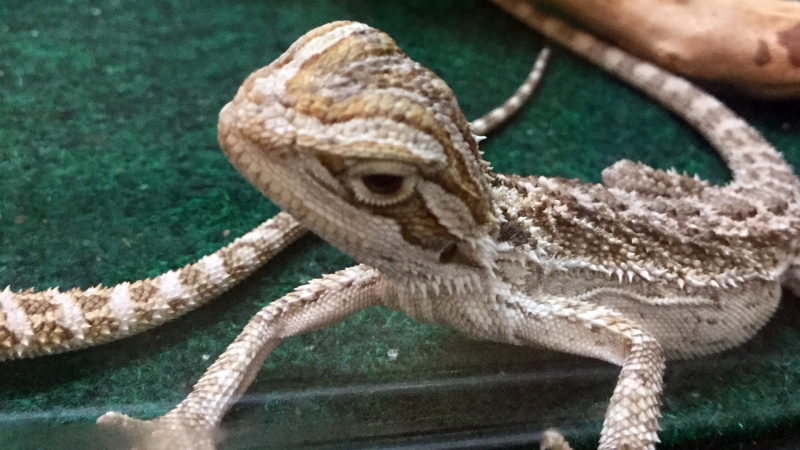
The Cost of Veterinary Care for a Bearded Dragon
The last cost of owning a bearded dragon is veterinary care. Bearded dragons are relatively hardy and healthy animals, but they can still get sick or injured. Some common health issues that affect bearded dragons are:
- Metabolic bone disease: A condition caused by lack of calcium, vitamin D3, or UVB light. It leads to weak bones, deformities, fractures, paralysis, organ failure, and death.
- Impaction: A condition caused by ingestion of indigestible materials, such as sand, substrate, or large insects. It leads to blockage of the digestive tract, loss of appetite, lethargy, constipation, and death.
- Respiratory infection: A condition caused by exposure to low temperatures, high humidity, poor ventilation, or bacteria. It leads to difficulty breathing, wheezing, coughing, mucus discharge, and death.
- Parasites: A condition caused by infection of internal or external parasites, such as worms, mites, or protozoa. It leads to weight loss, diarrhea, dehydration, anemia, and death.
- Mouth rot: A condition caused by infection of bacteria or fungi in the mouth. It leads to inflammation, ulceration, bleeding, pus discharge, and tooth loss.
- Tail rot: A condition caused by injury or infection of the tail. It leads to necrosis (tissue death), discoloration, swelling, and detachment.
If you notice any signs of illness or injury in your bearded dragon, you should take it to a qualified reptile veterinarian as soon as possible. A veterinarian can diagnose the problem and provide the appropriate treatment for your bearded dragon. However,
veterinary care can be expensive and may not be covered by your insurance. The cost of veterinary care for a bearded dragon can vary depending on several factors, such as:
- The location of the veterinarian: Some areas may have more or less reptile veterinarians available, which can affect the demand and supply of their services. This can affect the price of their consultation fees, tests, treatments, and medications.
- The type of the veterinarian: Some veterinarians may specialize in reptiles or exotic animals, while others may have a general practice. A specialist may have more experience and knowledge in treating bearded dragons, but they may also charge more for their services.
- The condition of the bearded dragon: Some health issues may be more serious or complicated than others, which can affect the amount and type of tests, treatments, and medications needed. A more severe or chronic condition may require more frequent or longer visits to the veterinarian, which can increase the cost of veterinary care.
As a rough estimate, the cost of veterinary care for a bearded dragon can range from $50 to $500 or more per visit . However, this is not a fixed cost. You can save money by finding a reputable and affordable reptile veterinarian in your area, by preventing or treating health issues early, and by following the veterinarian’s instructions and recommendations.
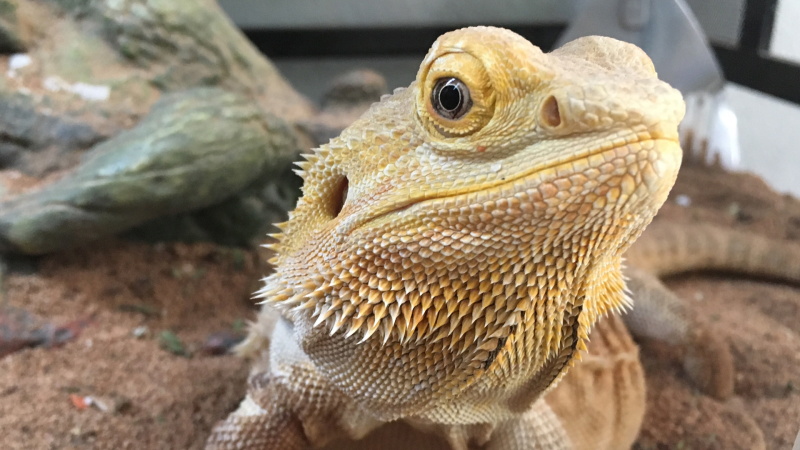
Conclusion
Owning a bearded dragon can be a rewarding and enjoyable experience, but it also comes with a significant financial responsibility. The cost of owning a bearded dragon is not only the initial purchase price of the lizard, but also the ongoing expenses of setting up and maintaining its habitat, feeding it, and providing it with veterinary care. These costs can add up quickly and may vary depending on several factors.
As a rough estimate, the total cost of owning a bearded dragon can range from $400 to $1,200 or more for the first year , and from $300 to $600 or more for each subsequent year . However, this is not a fixed cost. You can save money by buying items in bulk, growing your own food, breeding your own insects, finding a reputable and affordable reptile veterinarian, preventing or treating health issues early, and varying the types and amounts of foods you offer to your bearded dragon.
Before you decide to get a bearded dragon, you should do your research and make sure you are prepared for the financial commitment involved. You should also make sure you have enough time and space to care for your bearded dragon properly. A bearded dragon is not a cheap or easy pet to keep, but it can be a wonderful companion if you are willing and able to provide it with everything it needs.
